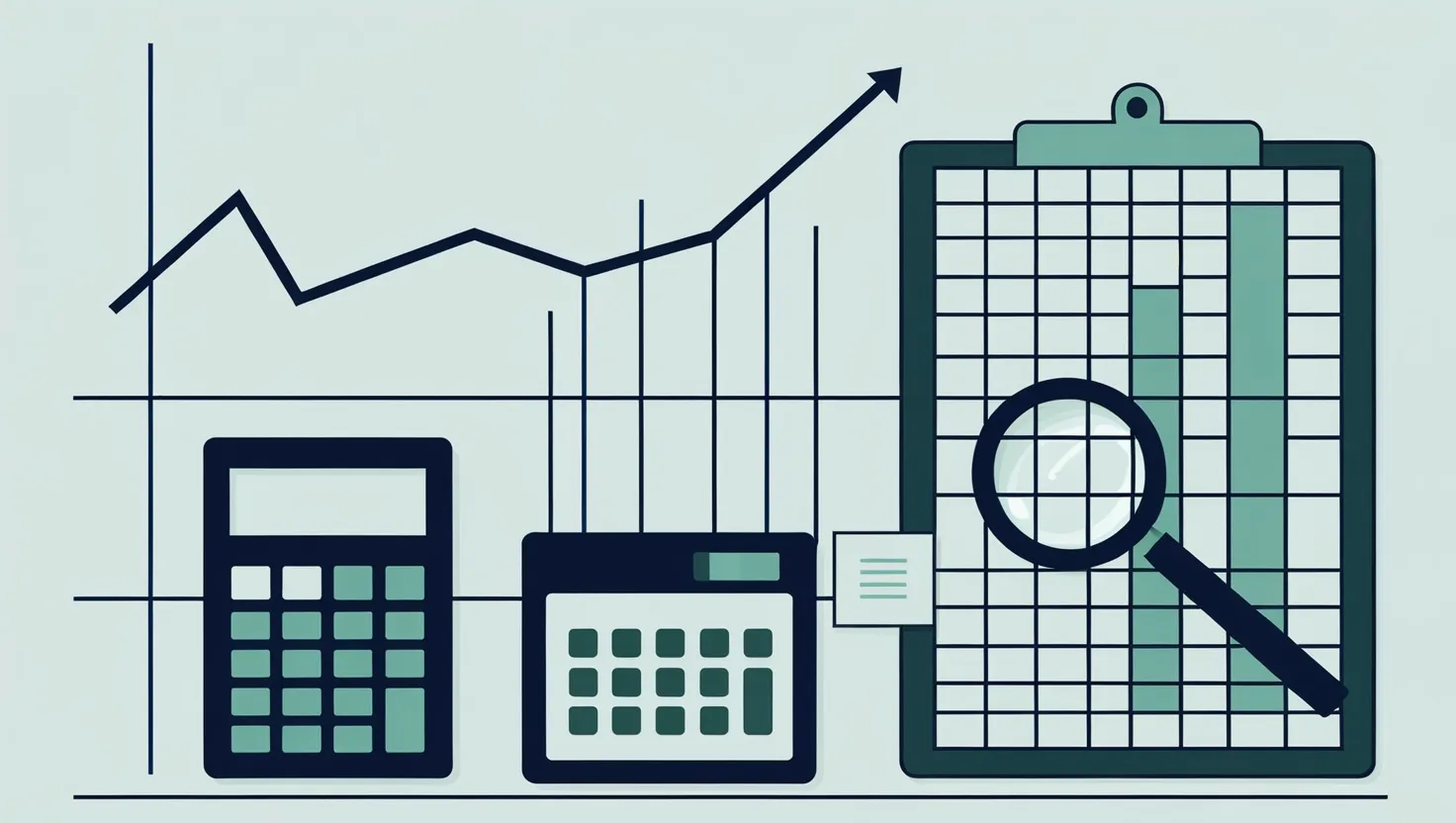The Two-Minute Rule: Your Secret Weapon Against Procrastination
We've all been there. The mountain of small tasks piling up, each one seemingly insignificant on its own, but together forming an overwhelming beast that looms over our day. It's easy to push these little things aside, promising ourselves we'll get to them "later." But what if there was a simple trick to tackle these tasks head-on and boost your productivity in the process?
Enter the Two-Minute Rule. It's a game-changer, folks. The concept is beautifully simple: if a task can be done in two minutes or less, do it right away. No ifs, ands, or buts. Just get it done.
Now, you might be thinking, "Two minutes? That's nothing!" And that's exactly the point. By focusing on these quick wins, you're not just clearing your to-do list; you're rewiring your brain to take action instead of procrastinating.
Let's break it down a bit. Imagine you're knee-deep in work, and you notice the trash needs taking out. Instead of adding it to your mental list of "things to do later," just take the two minutes to do it now. It's amazing how many of these little tasks we can knock out in such a short time.
But here's where it gets really interesting. The Two-Minute Rule isn't just about tidying up your space or inbox. It's a powerful tool for building new habits. Want to start reading more? Commit to reading for just two minutes a day. Before you know it, you'll find yourself eagerly turning pages well past that two-minute mark.
The psychology behind this is fascinating. Each time you complete a task, no matter how small, your brain gets a little hit of dopamine. It's like a mini celebration, telling you, "Hey, good job!" This positive reinforcement makes you more likely to tackle the next task, and the next, creating a snowball effect of productivity.
Let's talk about some real-life applications. Emails are a perfect example. How many times have you opened an email, realized it needs a quick response, and then closed it, promising to deal with it later? With the Two-Minute Rule, you'd fire off that reply immediately. Boom. Done. One less thing cluttering your mind.
Or consider household chores. Washing that lone coffee mug in the sink, wiping down the kitchen counter, or putting away that pile of clean laundry – these are all perfect Two-Minute Rule candidates. By tackling these tasks as they come up, you prevent them from accumulating into a daunting weekend chore list.
But here's a word of caution: like any tool, the Two-Minute Rule can be misused. If you're in the middle of deep, focused work, constantly interrupting yourself for two-minute tasks can be counterproductive. The key is to apply this rule during your "processing" time – those moments when you're deciding what to tackle next.
It's also worth noting that not every task can or should be completed in two minutes. The rule isn't about rushing through important work; it's about preventing small tasks from piling up and becoming overwhelming.
Now, let's talk about how this rule can help with bigger projects. Often, the hardest part of any task is simply getting started. By committing to just two minutes of work on a larger project, you're tricking your brain into action. Once you've started, you'll often find yourself wanting to continue.
Take exercise, for example. The thought of a full workout can be daunting, especially if you're just starting out. But anyone can commit to two minutes of jumping jacks or push-ups. More often than not, once those two minutes are up, you'll feel energized and ready to do more.
The same goes for creative pursuits. Writer's block got you down? Commit to writing for just two minutes. You might find that once the words start flowing, it's hard to stop.
One of the most significant benefits of the Two-Minute Rule is how it changes your mindset over time. By consistently taking immediate action on small tasks, you're training your brain to be proactive rather than procrastinating. This shift in thinking can have a profound impact on your overall productivity and stress levels.
Think about it. How many times have you lain awake at night, your mind racing with all the little things you need to do? By implementing the Two-Minute Rule, you're likely to find yourself with fewer of these nagging thoughts. You've already dealt with many of those small tasks throughout the day.
It's also worth considering how this rule can improve your relationships. Sending a quick thank-you text, making that phone call you've been putting off, or tidying up before your partner gets home – these small acts can make a big difference in your personal and professional relationships.
But like any habit, implementing the Two-Minute Rule takes practice. Start small. Set a reminder on your phone to prompt you to look for two-minute tasks throughout the day. You might be surprised at how many you find.
As you get more comfortable with the rule, you'll start to see opportunities for quick action everywhere. That report that needs proofreading? Two minutes. Scheduling a doctor's appointment? Two minutes. Responding to a friend's invitation? You guessed it – two minutes.
The beauty of this rule is its flexibility. You can adapt it to fit your life and your priorities. Maybe for you, it's the Three-Minute Rule or the Five-Minute Rule. The exact time isn't as important as the principle: take immediate action on small tasks.
Remember, the goal isn't to become a productivity robot, constantly on the hunt for two-minute tasks. It's about finding a balance that works for you, allowing you to stay on top of the small stuff so you can focus your energy on what really matters.
In a world where we're constantly bombarded with information and tasks, the Two-Minute Rule offers a simple way to regain control. It's about making conscious choices about how we spend our time and energy.
So, the next time you find yourself facing a small task, ask yourself: "Can I do this in two minutes?" If the answer is yes, don't hesitate. Just do it. You might be surprised at how this small change can lead to big improvements in your productivity, your stress levels, and your overall quality of life.
The Two-Minute Rule isn't just about getting things done; it's about changing how you approach your day. It's about building momentum, creating positive habits, and freeing up mental space for the things that truly matter to you.
Give it a try. Start small, be consistent, and watch as those two-minute actions add up to significant changes in your life. You've got this!






